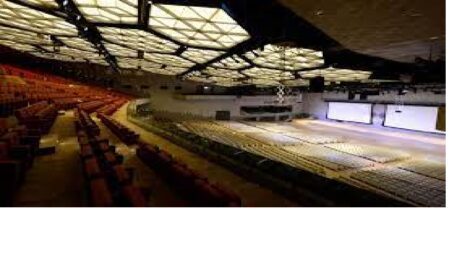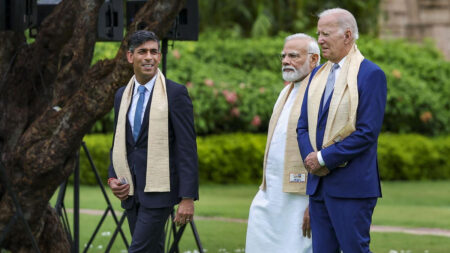A seven-member joint committee was formed by the National Green Tribunal (NGT), which is presided over by Judge Adarsh Kumar Goel, Justice Sudhir Agarwal, and Dr. Senthil Vel, to look into the health and address air pollution of All India Institution Of Medical Sciences (AIIMS) employees, doctors, and patients who are indoors as well as those who visit the OPD in Delhi.
The suit filed by Gaurav Sharma is in response to the alleged inability of the statutory and administrative authorities to reduce air pollution near AIIMS, Delhi. The application was made claiming that numerous hawkers, business owners, and automobiles are causing pollution and impeding traffic. It was noted that these objects are creeping onto sidewalks as well as impeding ambulances from moving.

During the National Green Tribunal (NGT) hearing, it was revealed that the current infrastructure in the area lacks a sufficient green belt that can effectively absorb the dust and carbon dioxide generated by various sources. It was noted that inadequate implementation of proper waste management measures, specifically for garbage and biomedical waste, is contributing to the overall deterioration of air quality beyond the prescribed limits. It is important to note that air quality control measures are of utmost importance to ensure the safety and protection of the environment and public health.
It was further argued that AIIMS is a world-class facility with multi-specialty treatment options, where daily foot traffic has grown to 65,000 people and 7,500 automobiles. Photos of encroachments and writings regarding the harmful effects of air pollution are annexed by the applicant. Also, according to data from three AAQ Monitoring Stations close to AIIMS, the month of December fell under the “Severe” category.
Three AAQ Monitoring Stations close to AIIMS reported “Severe” air quality in November and December, according to data that was provided. The NGT concluded that the case required attention after considering the submissions and established the committee as a result.
NGT Chair Justice Adarsh Kumar Goel stated, “We are satisfied that the subject requires examination. The committee would be led by the Member Secretary of the CPCB and comprise the DCP (Traffic), area DFO, MCD, DPCC, Director of the AIIMS, or a nomination of that person, as well as a representative from Vardhman Mahavir Medical College and Safdarjung Hospital.”

NGT guidelines for air quality
The Committee is entrusted with reviewing the reported complaints, taking into account the traffic and parking situation, and putting out a strategy for reducing air pollution. The NGT has recommended actions to reduce air pollution, including traffic regulation, the use of battery-operated vehicles in specific locations, the establishment of no-vehicle zones, the removal of encroachments and hawkers, the planting of more trees, the implementation of noise and dust control measures in key locations, and the sprinkling of water.
Any additional institution with expertise may be enlisted by the Committee at its discretion. The Committee may convene within a week and will be free to conduct business online or in person, visit the site and engage in dialogue with relevant authorities and stakeholders, coordinate with any other relevant authorities, and submit a factual report with recommendations for both immediate and long-term actions.
The nodal agency for coordination and compliance shall be the Member Secretary of the DPCC and the Director of AIIMS, or those individuals’ designees. The Committee has one month to submit its assessment to the NGT.













